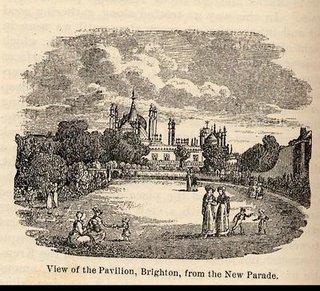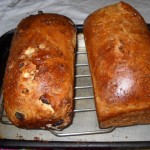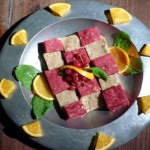 Right now, I’m in London. The high-minded (or higher-minded) things I like to do in London include going to the National Gallery (pictured) in Trafalgar Square, and staring at all the Canalettos and Gainsboroughs and Fragonards and Reynoldses and Corots.
Right now, I’m in London. The high-minded (or higher-minded) things I like to do in London include going to the National Gallery (pictured) in Trafalgar Square, and staring at all the Canalettos and Gainsboroughs and Fragonards and Reynoldses and Corots.
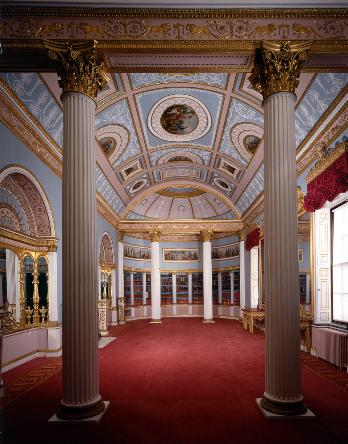 I also love to go up to Hampstead, and see Kenwood House (pictured to the right), with its gorgeous interiors and impressive art collection.
I also love to go up to Hampstead, and see Kenwood House (pictured to the right), with its gorgeous interiors and impressive art collection.
But I like doing less high-minded things too. Like eating. I love having afternoon tea at Fortnum & Mason (on the quiet top floor, not the touristy bottom floor) or Richoux. I tried tea at Harrod’s once, and wasn’t impressed with the service. (Perhaps it was an off day.) I had tea at the Orangery at Kensington Palace, but it was like being in a crowded warehouse with mediocre service. So back I went to Fortnum & Mason, and Richoux.
I also like more simple fare. When Todd and I lived in the East End, we were near two different traditional pie & mash shops — one on Bethnal Green Road in Bethnal Green, and one on Roman Road in Bow. After we discovered them, we ate there a lot. I wasn’t a big fan of their “liquor” — i.e. the green parsley sauce that you can pour over your entire plate — but the pies and mash were scrumptious. Todd even tried the eels, and decided the stewed eels were eatable, but the jellied eels were foul.
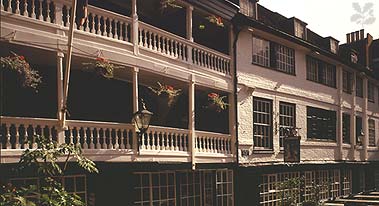 This is the George Inn, which was a major coaching inn during the 18th century. Lovely, isn’t it? I think I’ll actually eat there this time. (I keep talking about food, don’t I? Perhaps I’m hungry. Or perhaps I really visit England for the food!)
This is the George Inn, which was a major coaching inn during the 18th century. Lovely, isn’t it? I think I’ll actually eat there this time. (I keep talking about food, don’t I? Perhaps I’m hungry. Or perhaps I really visit England for the food!)
My favorite part of London is just being there, walking around and looking at all the fantastic buildings. I never get tired of that.
And I never get tired of the theatre either. This time, I’m seeing Titus Andronicus! Then I will be further on my way to my life goal of having seen every one of Shakespeare’s plays performed live on stage. (If I fulfill that goal, and fulfill my goal of never reading Clarissa, I will have truly achieved something.) 🙂
Cara
Cara King, www.caraking.com
MY LADY GAMESTER — read it, it’s good! honest!


